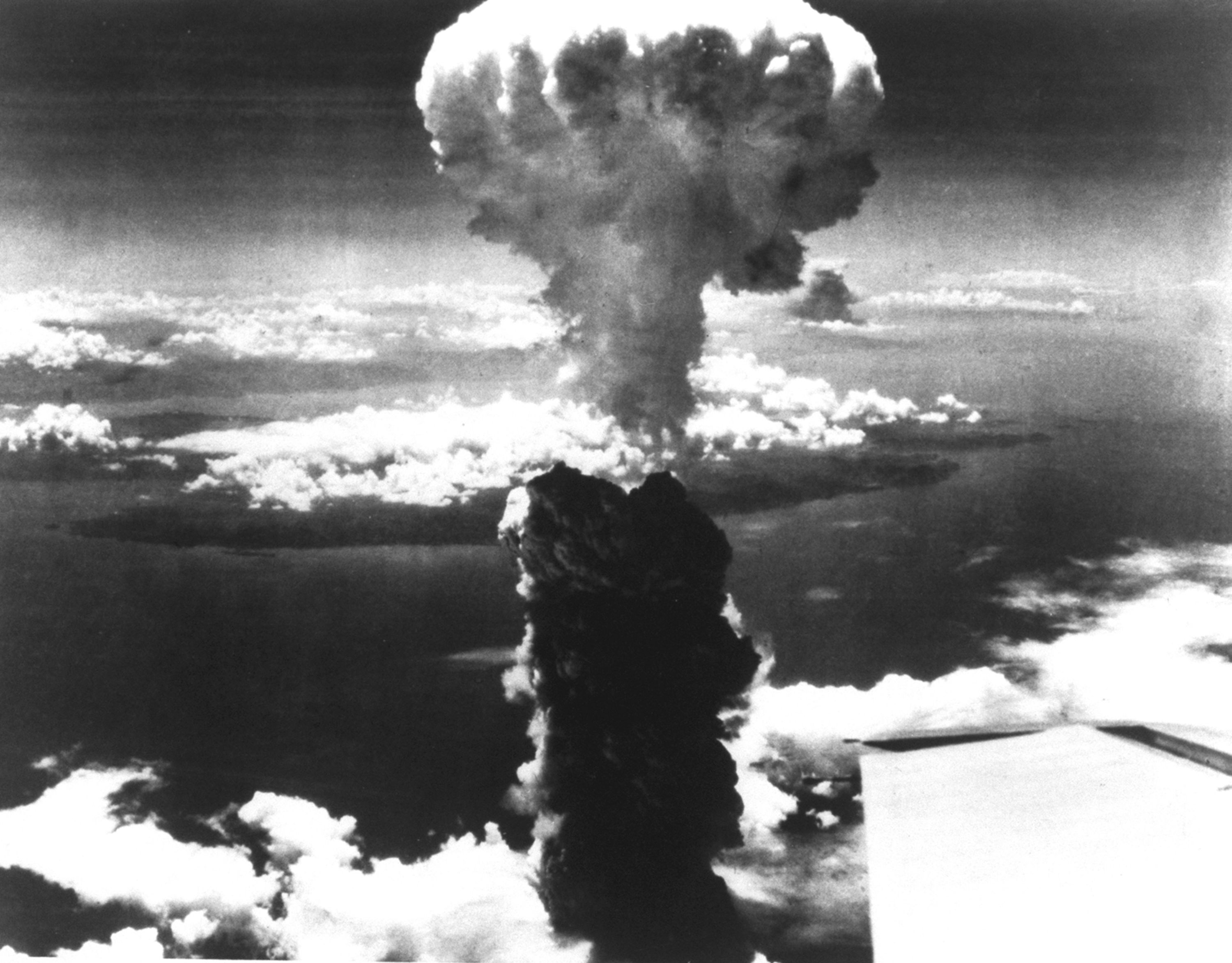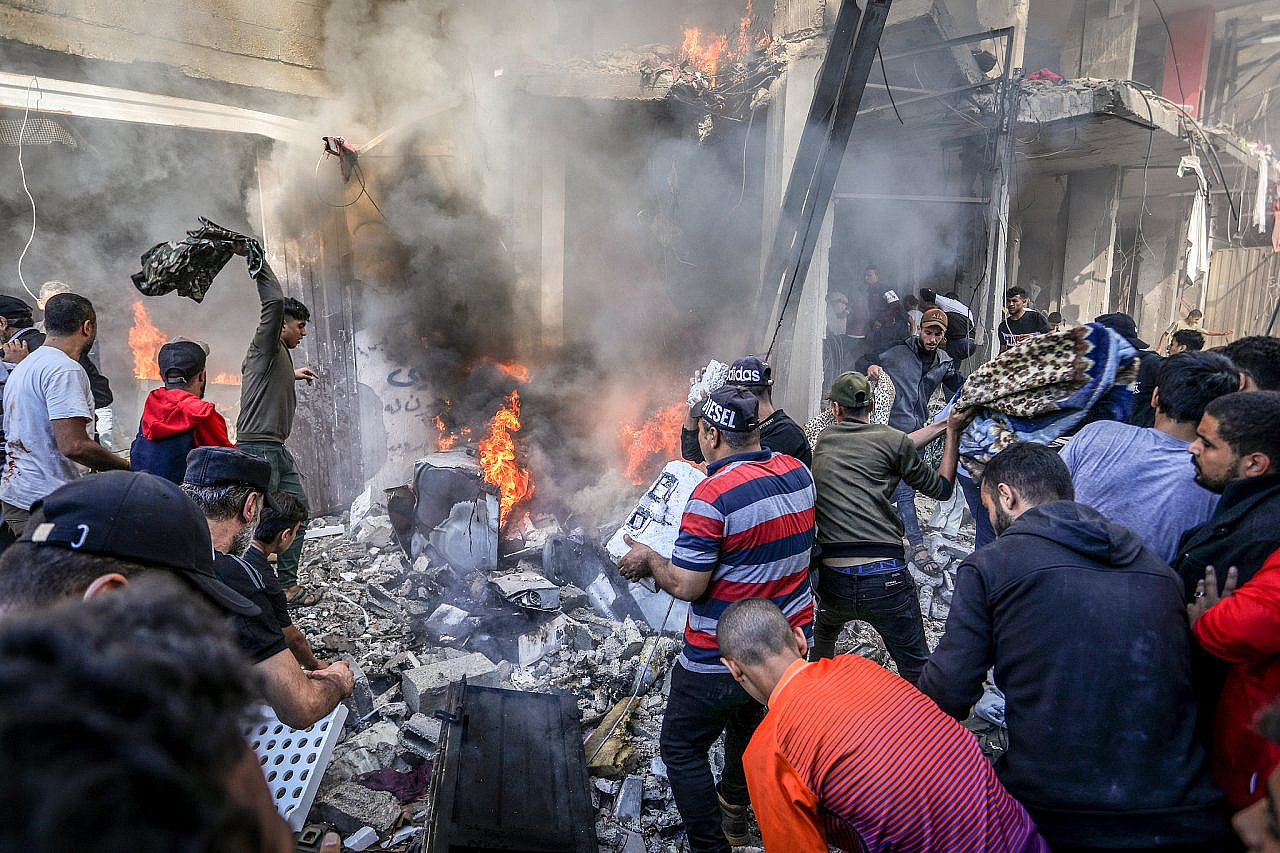 In many ways, Nguyen Thi Ly is just like any other 12-year-old girl. She has a lovely smile and is quick to laugh. She wants to be a teacher when she grows up. She enjoys skipping rope when she plays.
In many ways, Nguyen Thi Ly is just like any other 12-year-old girl. She has a lovely smile and is quick to laugh. She wants to be a teacher when she grows up. She enjoys skipping rope when she plays.
But Ly is also very different from other children. Her head is severely misshapen. Her eyes are unnaturally far apart and permanently askew. She’s been hospitalized with numerous ailments since her birth.
Her mother, 43-year-old Le Thi Thu, has similar deformities and health disorders. Neither of them has ever set foot on a battlefield, but they’re both casualties of war.
Le and her daughter are second- and third-generation victims of dioxin exposure, the result of the U.S. military’s use of Agent Orange during the Vietnam War, when the U.S. Air Force sprayed more than 20 million gallons of Agent Orange and other herbicides over parts of southern Vietnam and along the borders of neighboring Laos and Cambodia. The herbicides were contaminated with dioxin, a deadly compound that remains toxic for decades and causes birth defects, cancer and other illnesses.
To this day, dioxin continues to poison the land and the people. The United States has never accepted responsibility for these victims – it denies that Agent Orange is responsible for diseases among Vietnamese that are accepted as Agent Orange-caused among American veterans – and it’s unclear when this chain of misery will end.





 The United States will mark the 84th anniversary of the Japanese attack on the U.S. naval...
The United States will mark the 84th anniversary of the Japanese attack on the U.S. naval... On Monday, August 6, 1945, after six months of intense firebombing of 67 other Japanese cities,...
On Monday, August 6, 1945, after six months of intense firebombing of 67 other Japanese cities,...:focal(1285x1016:1286x1017)/https://tf-cmsv2-smithsonianmag-media.s3.amazonaws.com/filer_public/d1/4e/d14ed238-3b62-4506-9f53-fc2178dade60/nov2025_d17_prologue.jpg) In the fall of 1945, a bit more than six years after Nazi Germany invaded Poland...
In the fall of 1945, a bit more than six years after Nazi Germany invaded Poland... In 2021, a book titled “The Human-Machine Team: How to Create Synergy Between Human and Artificial...
In 2021, a book titled “The Human-Machine Team: How to Create Synergy Between Human and Artificial...






























